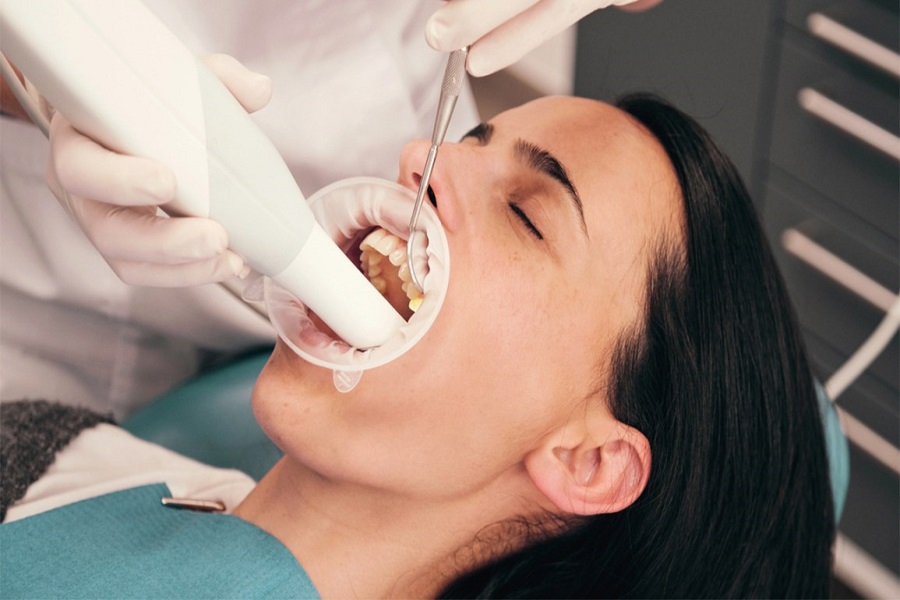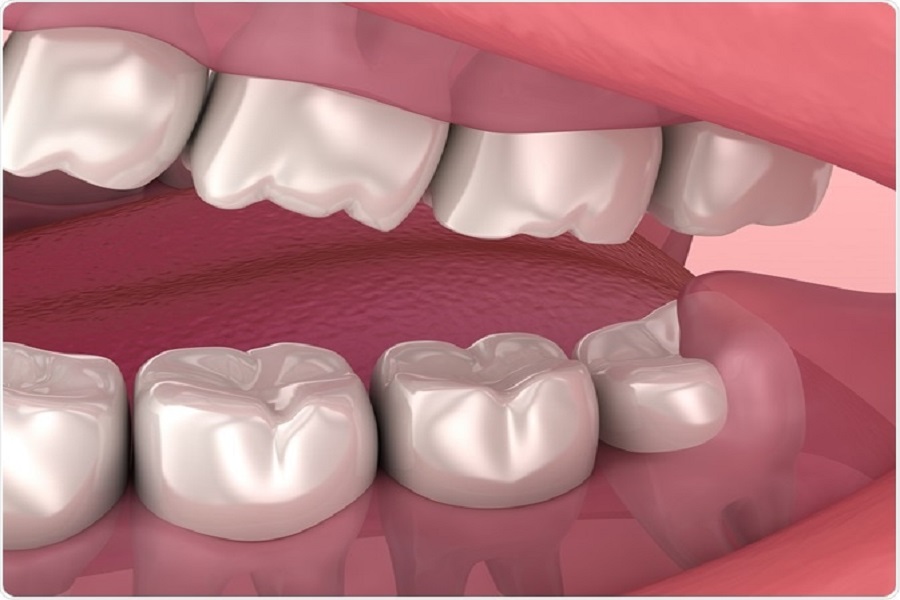Healthy teeth should not only be free of disease, but also neat, white and shiny. Ultrasonic cleaning can help you have healthy and whiten teeth. Ultrasonic cleaning is to remove calculus and plaque through the high-frequency oscillation of ultrasonic waves. Ultrasonic cleaning has the characteristics of high efficiency, high quality, time-saving and labor-saving. Principle of Ultrasonic Scaling Ultrasonic scaling currently mostly uses an ultrasonic therapeutic apparatus, which uses a transducer to convert electrical energy into ultrasonic wave energy, which removes calculus and plaque through the high-frequency oscillation of ultrasonic waves. Ultrasonic scaling has high efficiency and high quality. , The characteristics of time-saving and labor-saving, under the correct operation, the damage to the tooth surface is extremely small.
Precautions after ultrasonic cleaning Ultrasonic cleaning generally does not affect eating. However, due to the structure of the teeth, that is, the cementum in the neck of the tooth is very thin. Some people will have sensitive symptoms after cleaning. In particular, the heavier the calculus, the more periodontal inflammation. The more obvious, the more obvious allergy symptoms. This kind of allergic pain is provocative and has a short duration. The pain disappears after the stimulation is removed. Generally, no special treatment is required, and it can gradually disappear in 2 weeks to 1 month. Those who are more seriously affected by eating can be treated for desensitization. The main thing to do after ultrasonic cleaning is self-maintenance of oral hygiene, such as brushing your teeth with the correct method, using dental floss, interdental brushing, etc., to control the formation of plaque.
Some people will experience tooth pain after surgery. This kind of allergic pain is provocative and has a short duration. Generally, no special treatment is required, and it can gradually disappear in 2 weeks to 1 month. How long does root canal treatment take? Root canal treatment is not always done at one time. Treatment is often carried out step by step according to the clinical examination of the patient. Generally speaking, root canal treatment can be completed in 2-4 visits. Under normal circumstances, the anterior teeth are about 20 minutes each time, and the posterior teeth are about 40 minutes each time.





























